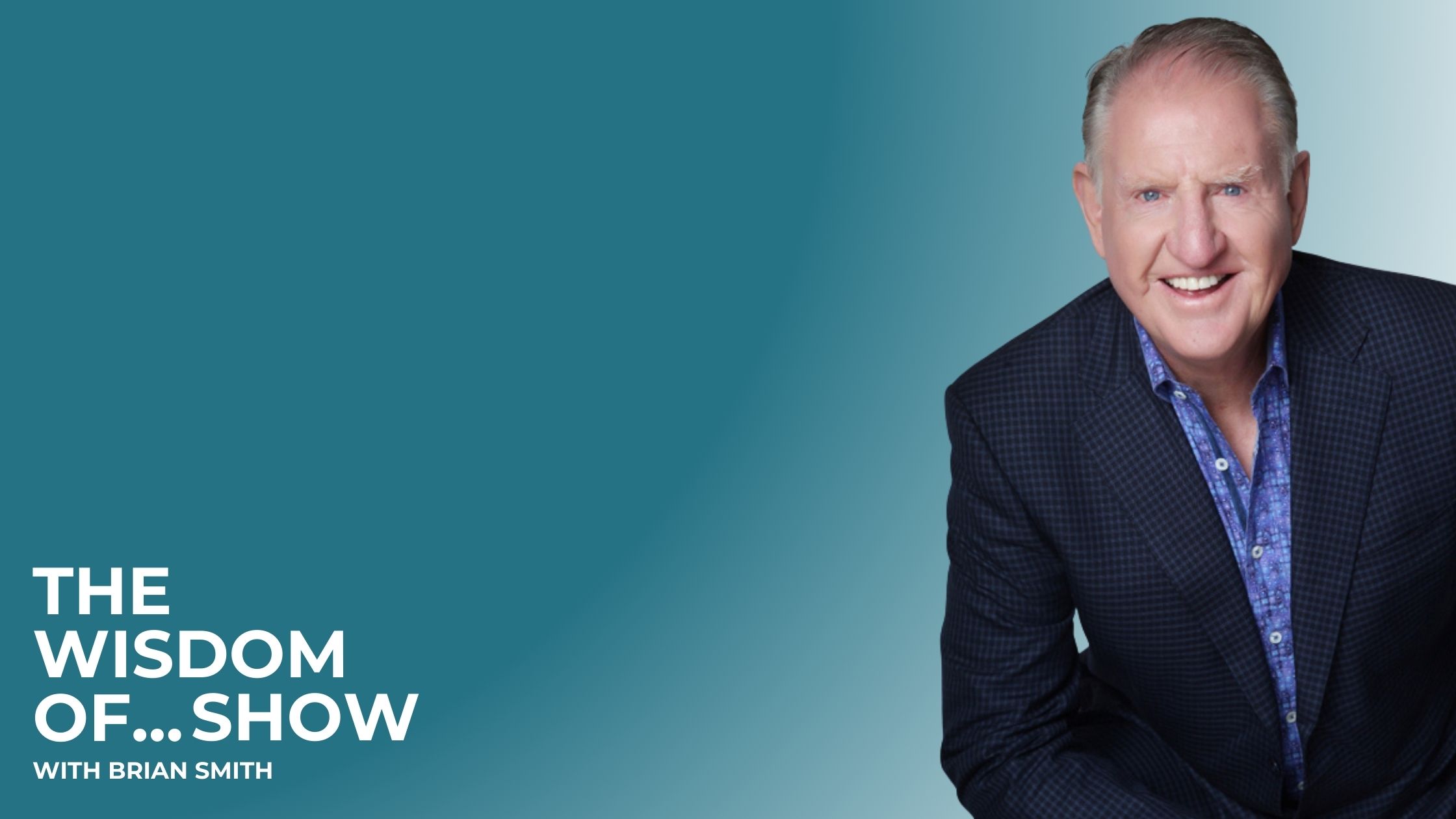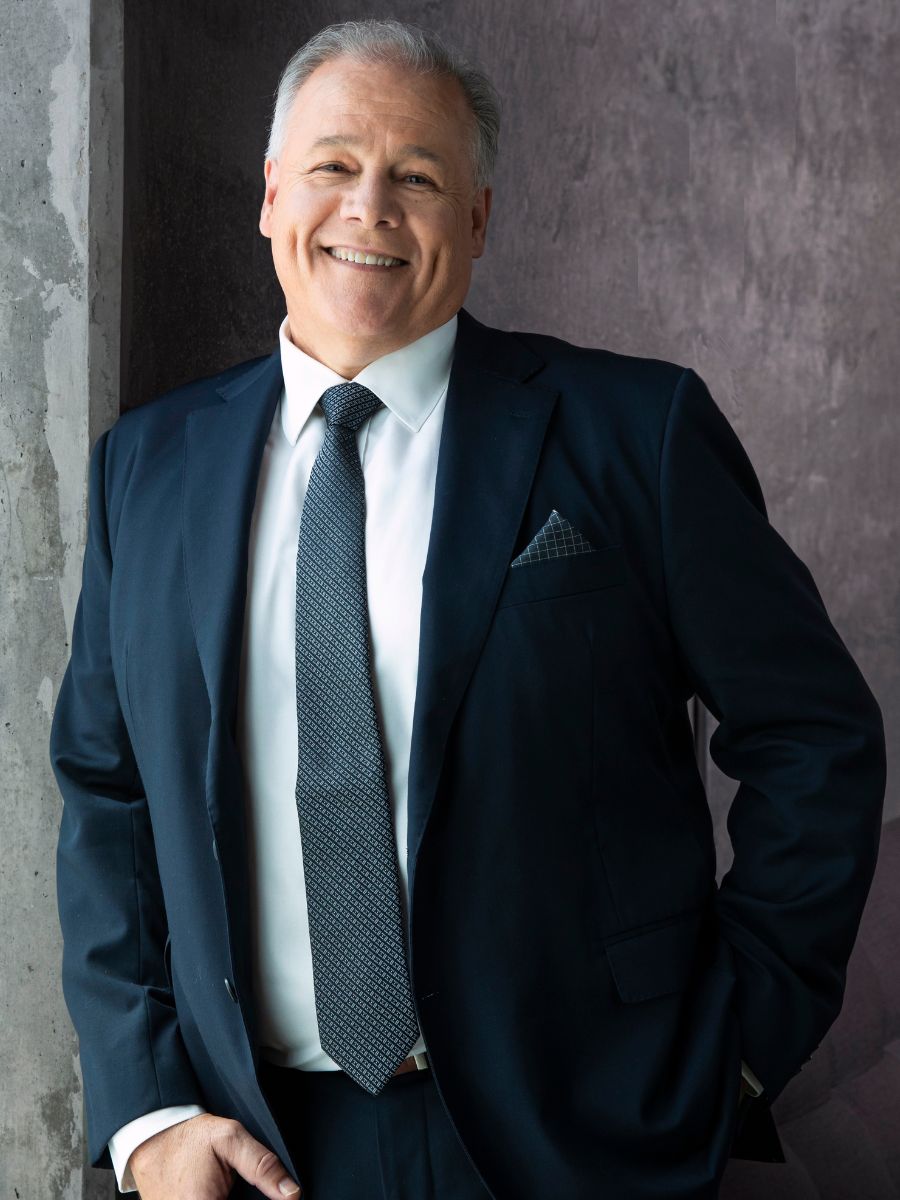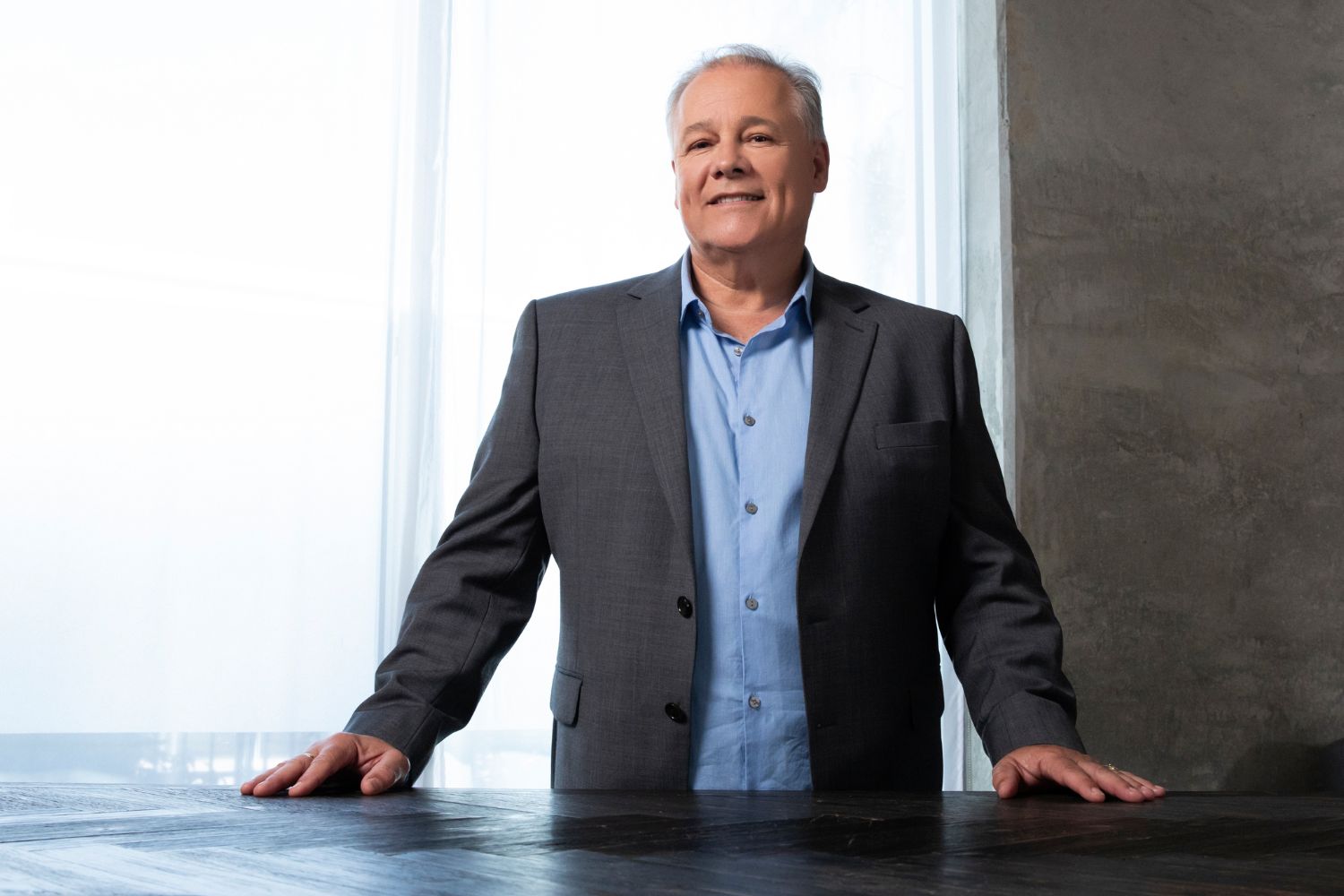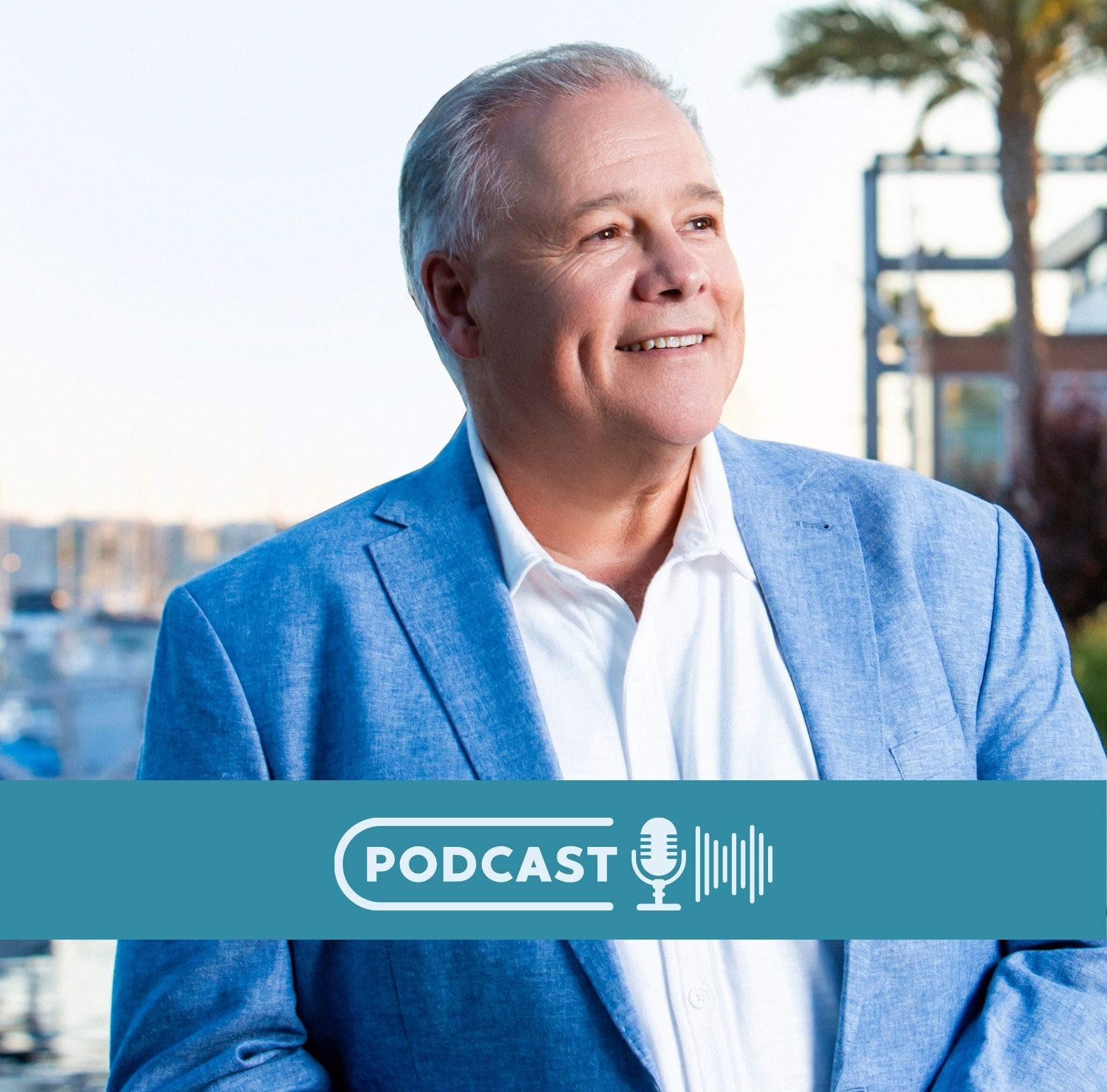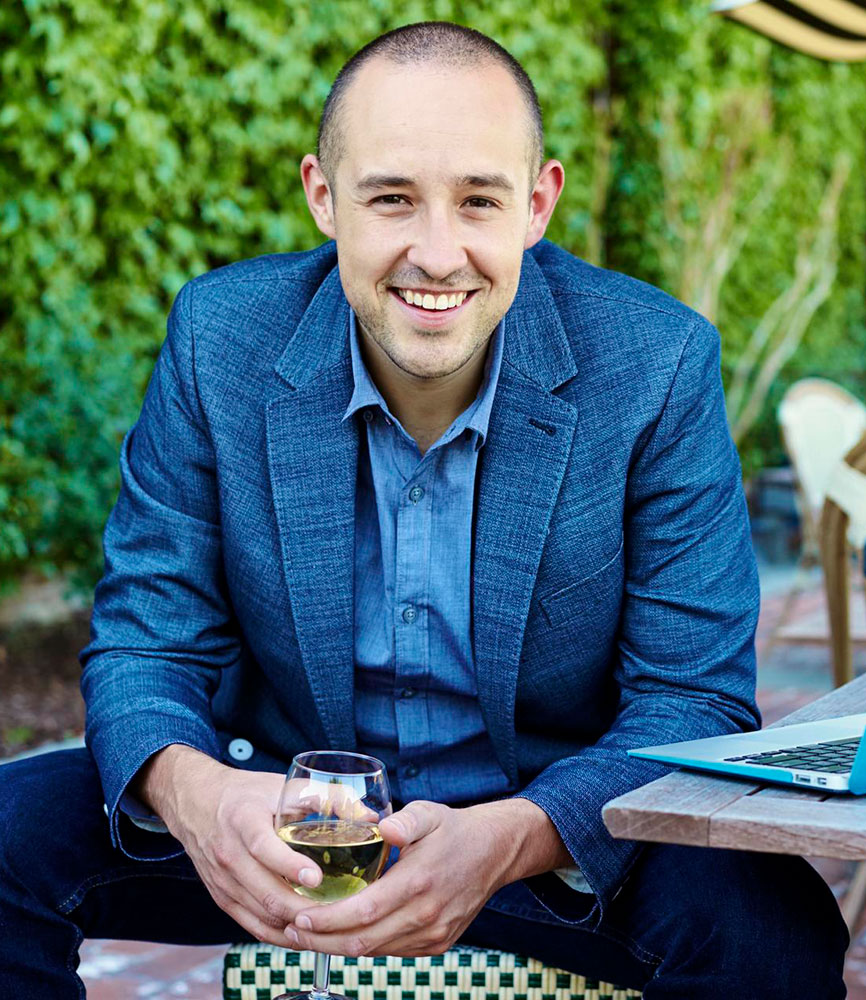Most, if not all, of us want to be our best. But what if our quest for “Peak Performance” in business and life keeps us from realizing that goal?
We’ll uncover this and so much more with my latest guest on The Wisdom Of… Show Rich Diviney, Former Navy Seal Commander, bestselling author, peak performance coach, and founder of The Attributes Inc., who has taken up a lifelong mission to reveal what makes the best leaders on Earth tick.
Drawn from his 20+ years of active service and 13 military deployments and solidified by his experience as a speaker, facilitator, and consultant at the Chapman & Co. Leadership Institute and Simon Sinek Inc., having worked with clients such as American Airlines, the San Francisco 49ers, Zoom, and Deloitte, his battle-tested insights will help bring out the best in you and everyone under your command.
Throughout our conversation, his message reveals profound truths about how we as human beings truly tick and how many of the typical hallmarks of Peak Performances (including the term itself) may be hindering us from consistently showing up as our best selves as founders, as parents, and as people.
Want more timeless insights on unlocking your ultimate performance by one of the world’s most accomplished performance experts? Watch the full interview with Rich Diviney now.
The Dangerous Myth Of “Peak Performance”
“There’s a lot of talk around peak performance. In fact, people used to tell me Navy Seals are the ultimate peak performers. But I always disagree with that statement. That’s because a peak is an apex, and there’s only one place you can go from there.”
He then drew up the analogy of athletes on gameday and how peak performance is something that, due to it being an apex, is something that must be prepared for. In Rich’s eyes, there’s a better, more holistic way to look at it for athletes, Seals, CEOs, and everyday civilians.
“I used to say, we’re not peak performers; we are optimal performers. Optimal performance means that ‘I am going to do the very best in the moment, whatever the best looks like in that moment.’ Sometimes, our best looks like peak. Other times, our best means putting our head down and grinding it out—and that’s still optimal performance.”
This paradigm shift makes a world of difference, especially for founders, CEOs, and other business leaders, as it allows us to:
1: Celebrate the times when we are not at peak because we won’t and can’t be at peak at all times.
2: Conserve our energy so we can have some other energy level when “peak” is not required (such as at the grocery store), allowing us to peak when we need to, recover when we have to, and manage our energy every place in between.
Many high performers go through life seeking top performance at all times, but doing so is not only ineffective—it can potentially be dangerous, leading to overwhelm or burnout.
But when we shift into thinking of optimal performance instead of peak performance, we are not only able to relieve ourselves of the burden of needing to always be at 100% but manage our energy to ensure that when we are called to, we can truly tap into everything that is required.
When fully embodied, this perspective shift can revolutionize the way you experience life and confront challenges, leading to better results with less stress.
The True Shape Of Team Leadership
This conversation soon expanded into discussing team dynamics and how optimal performance shapes teams.
“A high-performing team is any group of two or more people working together towards a common goal or objective that work together well when things are going well AND when things are not going well.”
This can be much more than just a business team or a SEAL team but:
-
A great marriage
-
A group of friends
-
A community group
But now that we know what it is, what does it look like?
Below, you’ll see a few of the most common models for a team dynamic:
Pyramid Model:

Flat Line Model:
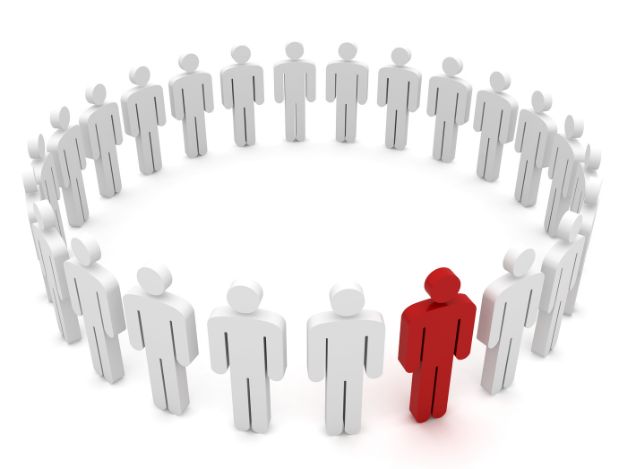
Reverse Pyramid Model:
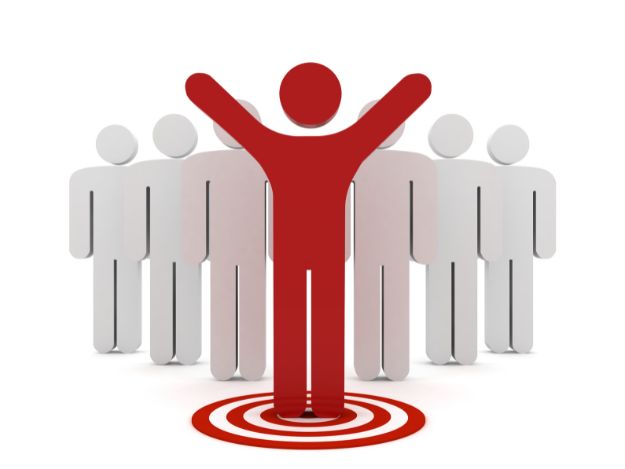
The problem with each of these dynamics is that none of them fully encapsulate a high-performance team.
With the pyramid model, things move too slowly, and the CEO can feel unreachable by the other employees. With the reverse pyramid model, too much pressure is put on one end (the CEO). The middle ground, which would seem like the best scenario, the flat-line model, isn’t ideal either because information can get siloed if there is no clear path or leader.
The solution?
An amoeba or a blob.
In a blob-like shape, the leader can be anywhere in that shape at any time, depending on the situation being faced.
“This way, the person most equipped to solve the problem at hand becomes the leader at that time, allowing others to gather around them.”
This is a phenomenon Rich calls Dynamic Subordination, in which the leader is more determined by the environment than the people, and the leader is not responsible for managing the people but for optimizing the environment itself.
Leadership Insights From The Front Line
This theme of dynamic subordination continued as he recalled some of his time as a commander in the Navy Seals.
“When we are out there, the mission itself is never the mission. The mission is the person standing next to you.”
This concept of man over mission or fellow man AS the mission calls to the heart of servant leadership, as it acknowledges that the capacity to achieve a goal is only as great as the individuals striving to attain it.
“On a mission, clarity and proximity is key,” he says
In other words, you should have a clear and well-defined objective and be close to those on your team who are working together to complete it.
In these senses, while your company itself needs to have a mission, the success of the company often boils down to several tighter-knit teams {marketing, payroll, sales, customer service, etc.) working together with dynamic subordination with clear objectives and proximity daily.
This is fundamental to a team’s success, but how do you ensure each member is the right fit for a team and working at optimal performance themselves?…
Skills Vs. Attributes - Why The Difference Makes ALL The Difference
As founders, executives, managers, and visionary leaders, we are all, at the core, defined by how we act and react not only when times are good but when things are not.
To build the best teams, many leaders rely on a couple of well-being, albeit flawed, methods to help select the best people for the role when hiring for a team.
1: Hiring only the best:
Many CEOs and managers involved in hiring try to create a high-performing team by putting together the best individuals. For example, with a car, if you take every best part of every best vehicle out there (the engine of a Porsche, the suspension of a Volvo, the 4WD of a Subaru, etc.) and put them together into one vehicle, it wouldn’t work because the parts wouldn’t work as one in the new car.
If you solely focus on getting the best people together, you will likely have a toxic team because “A team is never the sum of its parts, but a product of how they interact.”
2: Assessing for skills:
Various behavioral and personality-driven assessments have become very popular and, in many cases, widely adopted to measure an individual’s propensity to behave a certain way, including:
DISC
Myers Briggs
Enneagram
Kiersey Temperament Assessment
These can be helpful on the surface, but they don’t tell you how someone will act under stress because “In your most stressful moments when sh** hits the fan, your personality (skills) won’t save you, but attributes will.”
Here’s the difference between skills and attributes:
Skills: Do you have what it takes to technically do the job?
– Can be taught
Learned over time
Direct our behavior
Visible
Measurable
Attributes: Do you have the ability or capacity to do the job?
– Cannot be taught but can be developed
Inherent to our nature
Inform our behavior
Invisible
Difficult to measure
Often, a mismatch of attributes results in not feeling like you fit in a role or a certain kind of work.
And if and when you do, here’s how to develop an attribute.
1: Know you’re low on it
2: Have a reason to develop it to help you in your work
3: Find environments that test the attribute (i.e., having kids to test patience)
This is all important because when everything goes haywire, and nothing goes according to plan, the person who shows up is indicated by your attributes alone.
Understanding and developing them will be among the most important things leaders can do to bring out the best in themselves and the people around them.
And once you do, you’ll find nothing more optimal than that.
If you enjoyed what you read, I encourage you to watch this episode.
Immerse yourself in Rich Diviney’s inspiring journey. His original genius has solidified him as not only a hero of his country but also a champion of the optimal leader within us all.
Join the transformation and conversation…
Watch the full interview with Rich Diviney on The Wisdom Of… Show
And don’t miss Simon Bowen’s transformative masterclass on unlocking your hidden genius. Your future self will thank you.


